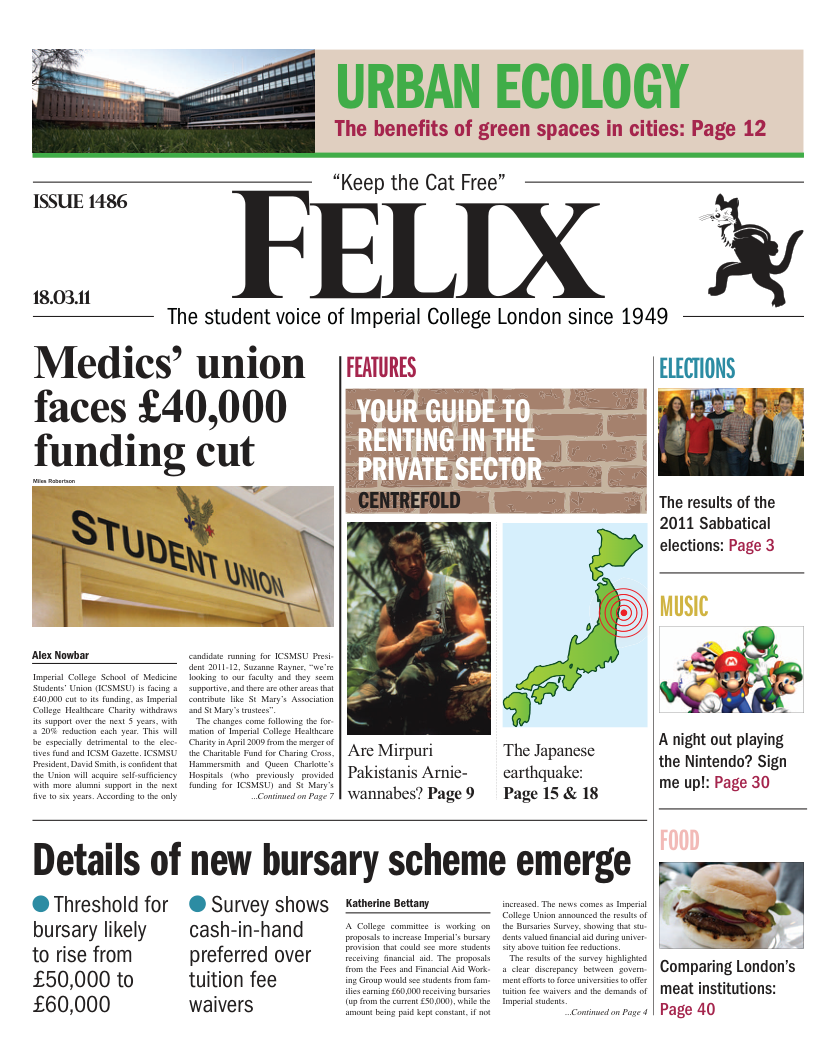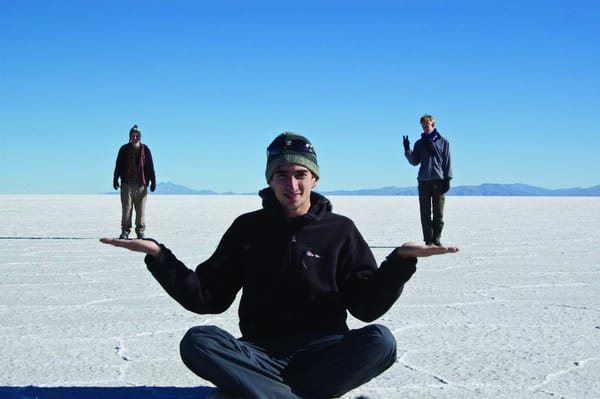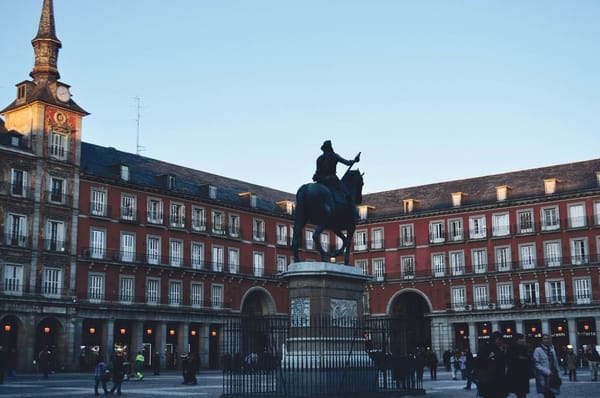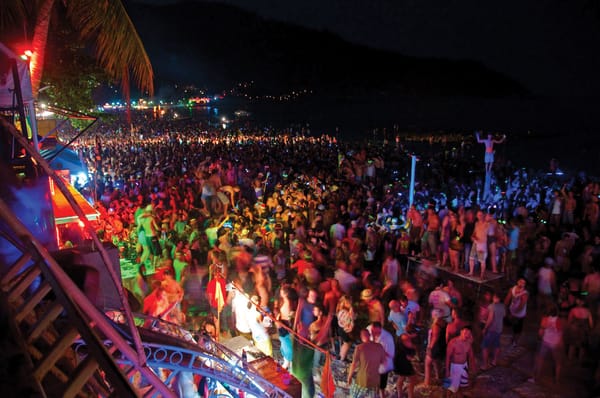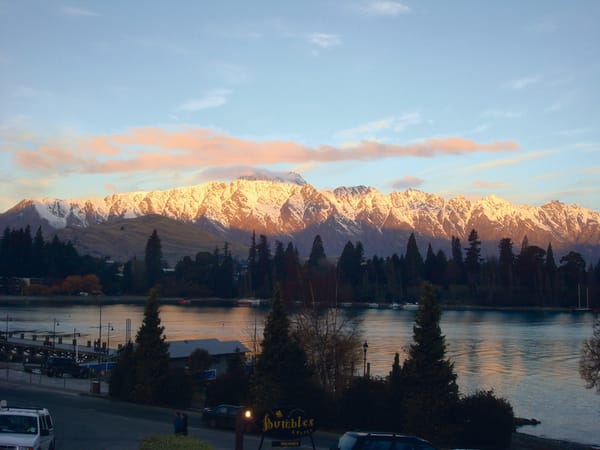Tall tales and the runs
Recovering from food poisoning in the remote Chilean outback, Priya Garg retells some of the prominent anecdotes circulating South America’s beloved gringo trail
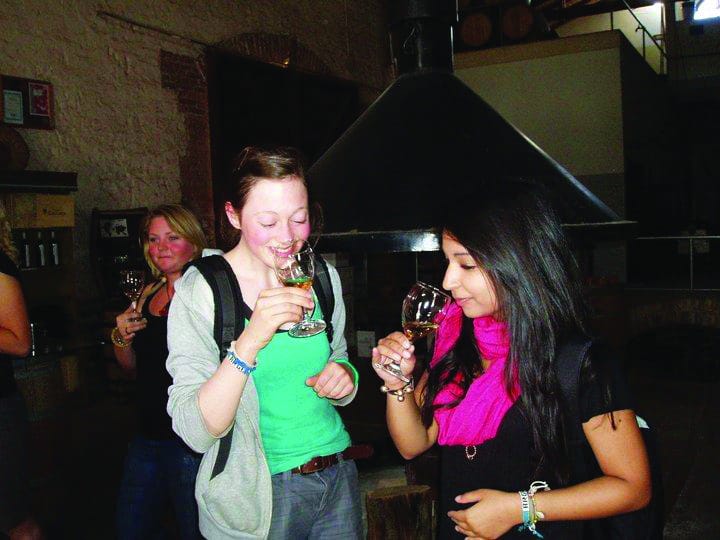
Mendoza is a cosmopolitan city in the north of Argentina, crushed by an earthquake and rebuilt from the foundations, leading to expansive sunny reading parks with blue tiled fountains, cathedrals, large plazas and shopping malls. In the parks lie big wooden chests in which you can pick out copies of anything from 'Teach Yourself Spanish' to 'The Life History of the Bin Ladens' and settle on a bench, reading on a warm spring afternoon. On every street corner you will find a carved cathedral and a ‘helado’ shop, selling you ice-cream in any flavour from tiramisu, to lemon meringue pie, flan and ‘Bariloche’ chocolate.
Taking a bicycle a couple of miles out of the centre, you discover over 1300 wineries around the Mendozian area, each growing the ‘Malbec’ grape as their speciality. Rows upon rows of green vineyards, covered netting, oak barrels and quaint French-style buildings, painted white with a terracotta roof tiling. Outside Argentinean farmers toil at the seed of the land. At our wine tasting we were surprised that the most aromatic and beautiful wine was white, as in England it was agreed that we would normally associate it with the taste of acrid petrol. Suddenly we could smell apricots, honey, and elderflower. It was easy to romanticise life at an organic winery, crushing grapes by hand, using the skins and seed, throwing the stems for compost, labelling your own bottles, exporting hand-picked goods.
Leaving Mendoza after just two days, we took a tourist bus through the spectacular Andes up across the border of Chile and in to Santiago. The driver dribbled the bus around the windy mountain path like an NBA basketball player, swirling past great sweeping snow covered landscapes. However, a bout of food poisoning meant that I was capable of vomiting both on the Argentinean and Chilean sides of the border and once in metaphorical no-man’s land between the two countries, making our crossing an altogether less enjoyable experience. However, I was able to use my limited Spanish “banos, vomitar!” to locate the nearest bathroom, whilst my travel-buddy Becky tried “mes amigo is missing, árrete le autobus!” – a fantastic panicked mixture of English, Spanish and French, to prevent the coach from travelling into Chile without me.
A bout of food poisoning meant that I was capable of vomiting both on the Argentinean and Chilean sides of the border and once in metaphorical no-man’s land between the two countries
So whilst I have been struck down with food poisoning, I am sitting in Becky’s friend Daniela’s beautiful house in Santiago, with the Andes mountain range directly behind, a veranda to write on, a swimming pool slightly cracked from a recent earthquake ahead and cloudless skies above. Here I thought I would fill you in on some of the more gripping tales we have heard from travellers in South America.
Although Argentinean and Brazilian culture means they are warm, open, generous people, this openness also means that crime, whether petty or more sinister, is rife. On our journey the first warning came from a chef who had gone to an all night fiesta in Rio de Janeiro, ended up drinking beyond his companion´s leaving time and woke in the morning beside a Brazilian girl in a favela. Discovering at the doctors that his drink had been spiked with Rohipnol, he was just starting his course of anti-retrovirals for HIV prophylaxis as we left.
The second came from the stories of the ‘favela tours’ in the centre of Rio, where tourists can experience the murky underbelly of Brazil’s poorer districts led by ex-gang members, with profits going back to regenerate the slums. Despite the safety of fellow non-local companions, taking photographs is strictly at your own risk. One Israeli backpacker got a little too snap-happy and ended up fighting over his digital camera with a seven year old drug dealer who thought the guy was going to sell his photograph to the police.
One Israeli backpacker got a little too snap-happy and ended up fighting over his digital camera with a seven year old drug dealer who thought the guy was going to sell his photograph to the police
More sinister was the account on a long-haul bus where masked gunmen stopped travellers on a night bus between Rio de Janeiro and San Paulo with shotguns, by peppering the windscreen with bullets. Boarding the bus they forced the driver to take it miles into the deserted sugar cane fields whereby all males onboard were led out and stripped naked before being locked in the luggage hold. The gunmen then re-embarked to strip-search the female passengers and thrust the barrels of their guns in their faces until thousands of pesos and personal belongings were taken. Following the incident the frightened and upset group were finally taken to the local police station with the hope of nothing more than a report and a claims receipt.
Luckily we have felt safe until now, although not as safe as one Italian backpacker we met, who has been hitchhiking lifts from Argentinean truck drivers up and down the country based on his reasonably decent patter of Spanish. Despite the phrasebook’s best intentions, the stream of dialect that follows a question is almost impossible to keep track of and their English is almost always better than our Spanish. Recalling an American girl who spouted off “no NINTENDO” rather than “no entiendo” (I do not understand) a lack of Spanish is a frustrating obstacle to throwing yourself fully into the local culture, although potentially allows you to avoid more dangerous areas by adhering very closely to the well-walked gringo trail.
South America, from what we have seen so far, is a crazy continent, one that has provided spectacular views, breathtaking experiences and extreme warning scares. As Sinatra said, “that’s life”.

